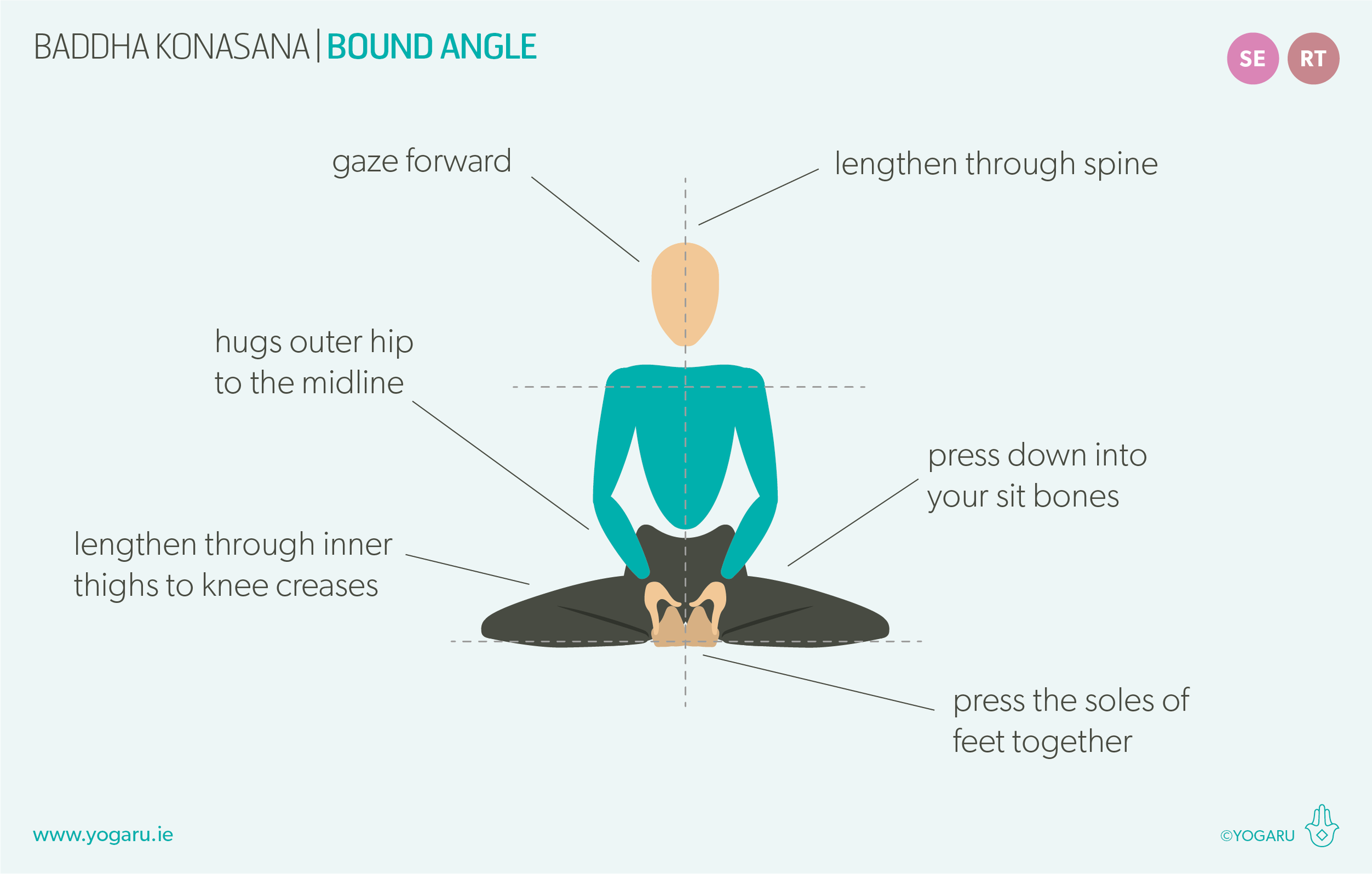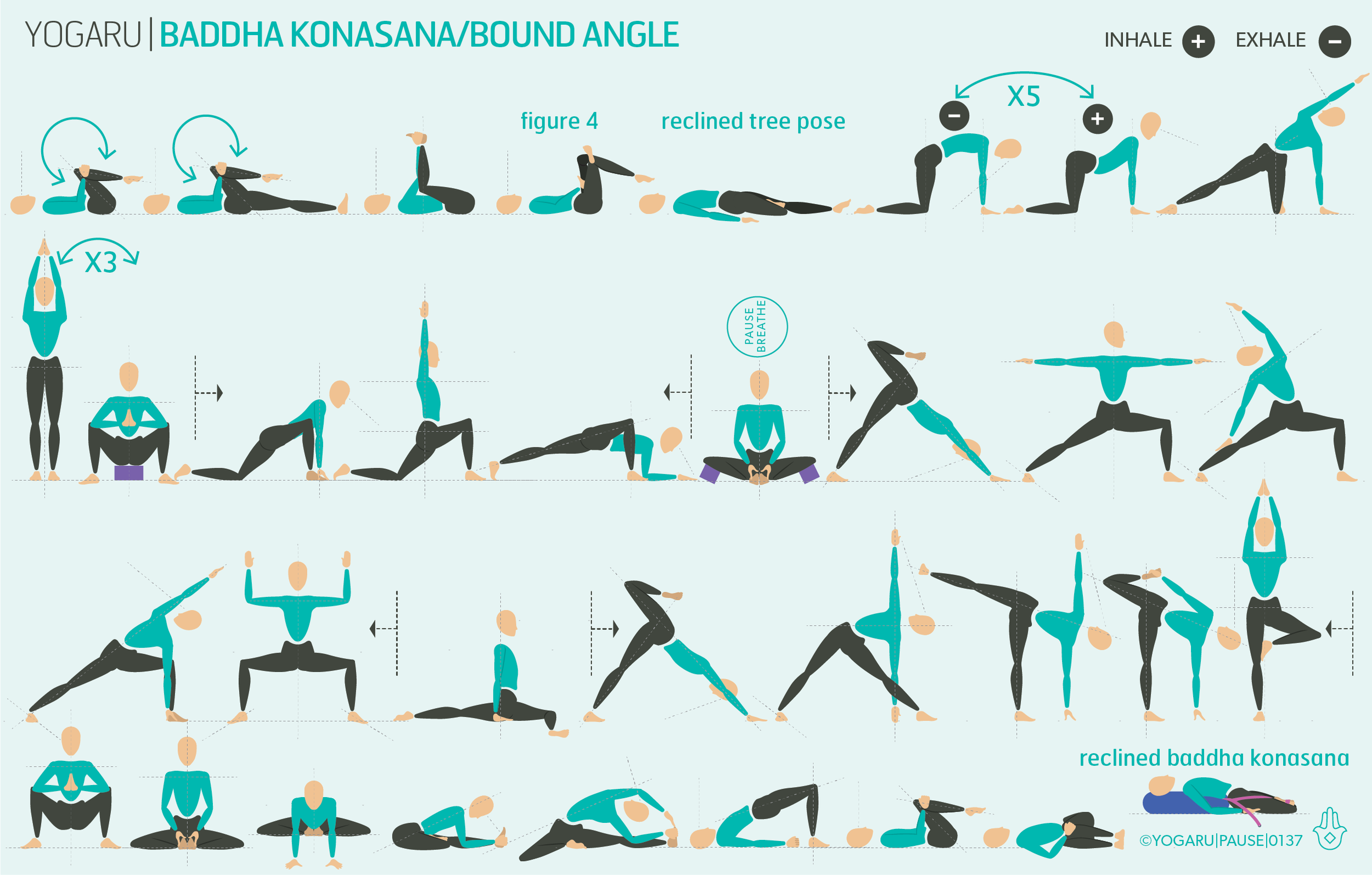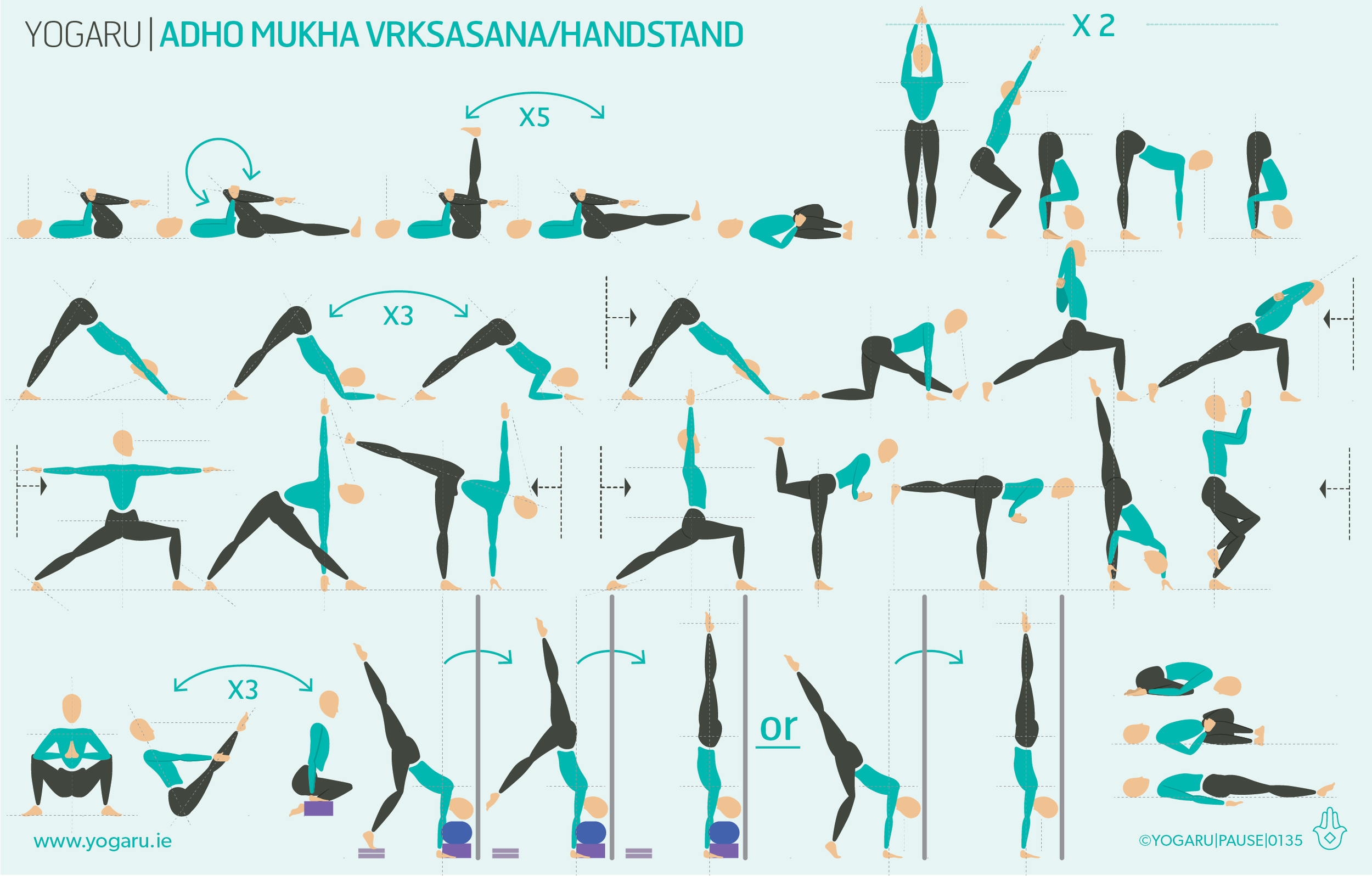SIT WITH WHATEVER COMES
Baddha Konasana/Bound Angle is also known as cobbler's pose, named after traditional Indian cobblers who sat in this pose when they worked. In Ayurveda traditions this pose is touted to be a pose that ‘destroys all disease’. Similar to Malasana it stimulates a healthy gut which has a strong link to our moods and emotional well-being. Stress leads to gut issues and similarly gut issues lead to stress. Baddha Konasana/Bound Angle stimulates the gut and releases happy hormones which relieves stress, tension and anxiety. When we are relaxed and stress free the body functions more efficiently and can concentrate on strengthening the immune system. So unbeknownst to them these cobblers were happily boosting their immune systems as they worked!
Baddha Konasana/Bound Angle is a pose that is accessible for all but requires patience and for the ego checked at the door. Although most pose illustrations will show the knees on or close to the ground, in reality most practitioners will have their knees much further away from the ground. The pose starts the minute to move into it and finishes when you reach the point where you feel sensations. If you find you are getting frustrated by how high up your knees are, concentrate on a different element of the pose like what parts of your body are strengthening. This is not a pose to use strength to push the knees down. In my experience these muscles don’t appreciate undue force and can quite easily be overstretched. Most importantly be patient and appreciate what you can do in the pose.
THE BENEFITS OF BADDHA KONASANA/BOUND ANGLE
Baddha Konasana/Bound Angle is a strong inner thigh and groin stretch. These adductor muscles can often be very tight, particularly if you are a runner, and are often tighter in men. Baddha Konasana/Bound Angle is the perfect pose for gently softening this inner thigh tension. While the inner thighs are stretching the glutes at the back of the hips are strengthening in order to open the hips out. The muscles of the core and the spine are also working hard in tandem to keep your spine upright in this seated position.
In the category of health and wellness benefits Baddha Konasana/Bound Angle increases blood supply and tones the organs of the lower abdominals including the digestive system, reproductive organs and pelvic floor. It stimulates digestion, relieves constipation, menstrual cramps and sciatica.
EXPLORING BADDHA KONASANA/BOUND ANGLE IN YOUR PRACTICE
Journeying into Baddha Konasana/Bound Angle with awareness of the different areas that need to be prepared makes it easier to give it your best shot. As you run through the prep poses, notice if there are particular ones that you find more difficult, spend a bit more time on these poses and breathe deeply in them.
When in the pose use your arms, which are extended and holding onto your feet, as splints to rotate your pelvis into a stacked position and look for a lovely neutral spine with all its natural curves. If you find the pose bothers your knees, try pressing into the outer edge of your feet to prevent your feet from sickling and release some tension from the knee joint.
ALIGNMENT CUES
You will start to prepare yourself for Baddha Konasana/Bound Angle with some gentle inner groin stretching in your warm up. Lengthening up through the spine and lateral bends will help you to find a good strong spine in your peak pose. There will also be some variations of Baddha Konasana/Bound Angle for you to try.
Have a read of the tips below and either print out the sequence or save it onto your device:
From Dandasana, bend your knees out to the sides, bring the soles of the feet together and place your feet close to your sit bones.
Hold onto the outer edge of your feet, release your legs out to the sides, press the soles of your feet together.
Stretch your knees away and down towards the ground, hug your outer hips to the midline.
Soften your shoulders away from your ears, broaden and expand the chest.
Inhale, press down into your sit bones to lengthen up through your spine.
Use your thumbs to open the soles of your feet out like a book, lengthen your inner thighs out to your knee creases, gaze forward.
To save the images for personal use click and hold down the image until the ‘save image’ option appears; on Mac hold down ‘control’ and click the image to get the option box; on PC right click on the image to get the option box. Scroll down in the ‘option box’ and click ‘save image’.
Ruth Delahunty Yogaru






